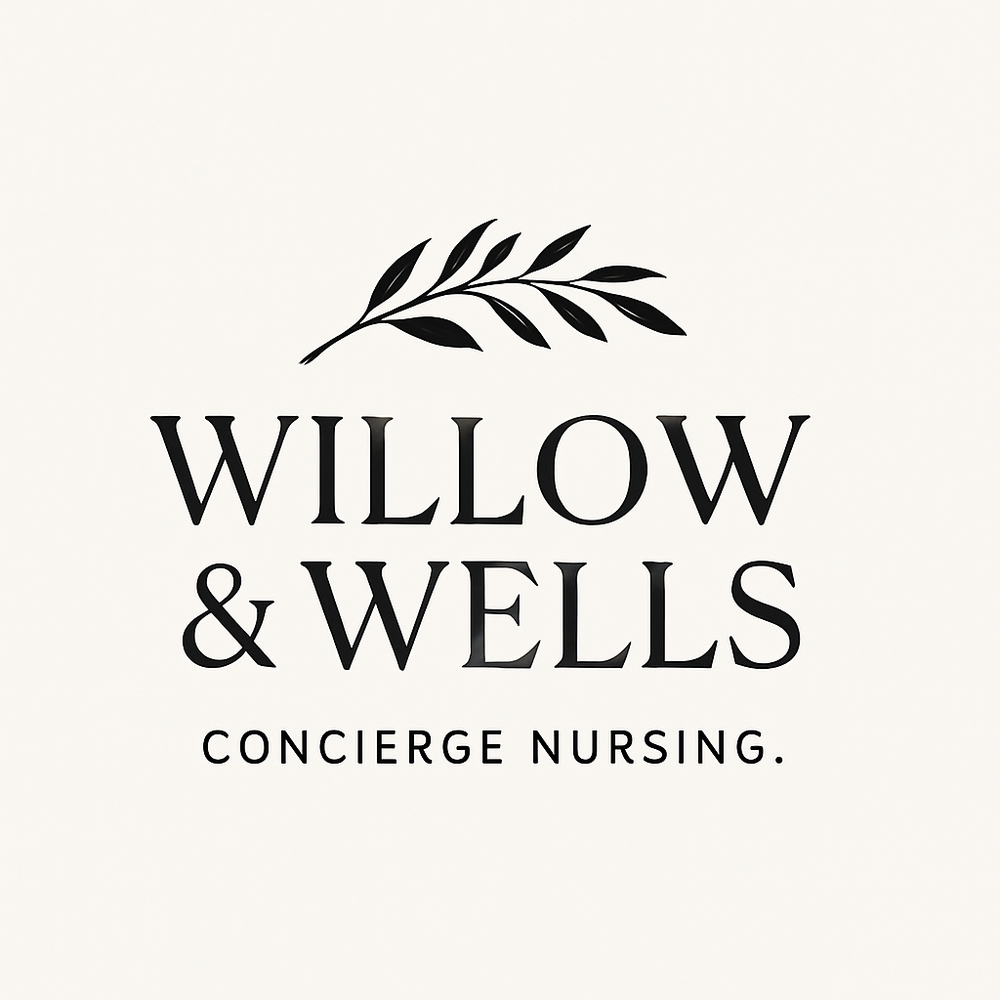They insist they’re fine.
They tell you not to worry.
But you’re starting to feel it—the unease, the gut pull, the questions that won’t stop spinning:
“What if they fall?”
“What if they leave the stove on?”
“What if no one’s there to help?”
Here’s how to know when being home alone is no longer safe—and what you can do about it without taking away their dignity.
1. The Warning Signs Are Subtle—Until They Aren’t
At first, the signs can feel small. Easy to explain away. But they build.
Watch for:
-
Forgetting to eat, turn off appliances, or take medications
-
Missed calls or confused conversations
-
Unexplained bruises or frequent “little accidents”
-
Wandering, getting lost, or seeming disoriented in familiar places
-
Letting strangers in or falling for financial scams
They may brush it off as “just getting older.” But you know the difference between aging and being unsafe.
Trust your instincts. They’re often the first and most important signal.
2. Accidents Aren’t the Only Risk
When we think “home alone,” we picture a fall. And yes, falls are a real danger. But they’re just one part of a much bigger picture.
Other risks include:
-
Medication mix-ups that lead to ER visits
-
Fire hazards from cooking or candles
-
Missed appointments, refills, or treatments
-
Emotional isolation that can spiral into depression
-
Long stretches with no human contact
Even one of these risks is reason enough to step back and ask:
“If this happened again tomorrow, would we be ready?”
3. What Makes This Realization So Painful
This isn’t just a practical decision. It’s an emotional reckoning—for both of you.
For them, it can feel like:
-
Losing control
-
Being watched or judged
-
A threat to their freedom
-
Shame in admitting they can’t do it all
For you, it’s heavy too:
-
Guilt for stepping in
-
Fear of overstepping
-
Anxiety about doing too little, too late
-
The ache of becoming the parent to your parent
This is grief in disguise—grieving how things used to be. And that deserves space, not shame.
4. What You Can Do Instead of Ignoring It
You don’t have to flip the switch to 24/7 care overnight. You can build support gradually, with respect and empathy.
Start here:
-
Bring in a part-time home aide or friendly visitor
-
Install motion detectors, cameras, or stove shut-offs (with consent)
-
Do a safety audit—removing trip hazards, improving lighting, securing medications
-
Set up a daily check-in call or text routine
-
Frame care as partnership, not policing
Remember: It’s not about taking away their independence. It’s about extending it—safely.
5. You’re Not a Bad Child or Partner for Wanting Backup
Let’s say this plainly:
Wanting help doesn’t mean you’re giving up. It means you’re stepping up.
You’re not selfish.
You’re not weak.
You’re a caregiver who sees the cliff coming—and wants to build a guardrail before someone falls.
And no, you don’t have to wait for a crisis to make changes.
Support now prevents emergencies later. That’s not failure. That’s foresight.
Willow & Wells Helps You See the Risk Before It Becomes the Regret
At Willow & Wells, we help families recognize when independence quietly becomes isolation. And we guide you in building plans that honor your loved one’s dignity and your peace of mind.
Because safety isn’t about control. It’s about love, in action.
Let’s figure this out together—before the 911 call comes.
Join the Willow & Wells Community
We’re building something for people who are tired of doing this alone.
If you’ve ever felt overwhelmed, overlooked, or just plain exhausted by the system… You’re exactly who we made this for.
Caregiving is hard enough. Finding help shouldn’t be.
Get early access to everything we’re working on – tools, guides, and real talk that helps.
